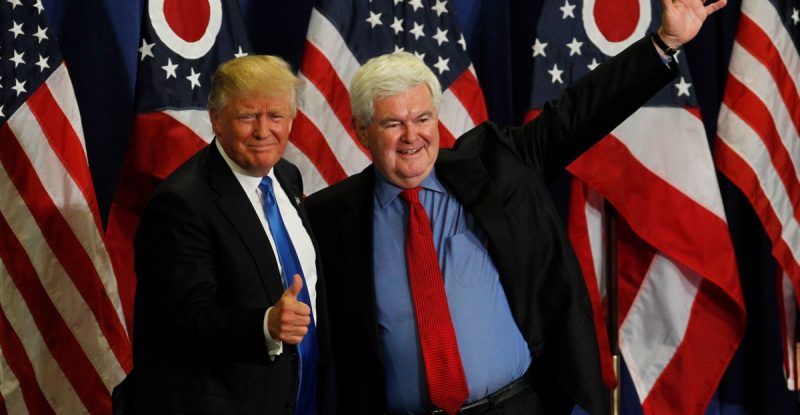
Politics has certainly gotten weird. From debates about extraditing US residents to El Salvador without due process to ignoring decades of economic wisdom with massive tariffs, the past few years have been anything but normal. The COVID-19 pandemic further complicated things, introducing divisive policy debates that were previously unheard of or obscure. Even the appointment of Robert F. Kennedy Jr. as health secretary highlights the lingering impact of these issues.
This unusual political climate makes the recent debate over a multi-trillion-dollar reconciliation bill all the more fascinating. The bill, in its current form, proposes massive tax cuts heavily favoring the wealthy, coupled with significant cuts to programs aiding the poor, like Medicaid and food stamps, while simultaneously increasing defense spending. The Urban Institute’s analysis clearly shows the devastating impact on low-income Americans, with a projected 14.9% income reduction for those earning under $10,000, while affluent households see significant gains.
While this bill might seem outrageous, it’s remarkably consistent with Republican political priorities since the 1980s. Lower taxes for the rich, reduced spending on social programs, and increased defense spending have been core tenets of the party’s platform for nearly half a century, a legacy carried forward by figures like Ronald Reagan, Newt Gingrich, and Paul Ryan. Despite the perceived shifts and strategic leaks suggesting a potential softening of this stance, the reconciliation bill shows this to be largely a mirage.
The notion of a fundamentally changed Republican party is tempting, fueled by hints of Trump’s openness to higher taxes on the wealthy, Senator Josh Hawley’s opposition to Medicaid cuts, and Vice President JD Vance’s suggestion of a less hawkish foreign policy. However, the core economic principles remain firmly entrenched. While some Republican presidents have deviated in the past, such as George W. Bush expanding Medicare or his father accepting a small tax increase, these instances are seen more as exceptions that prove the rule.
This consistent pattern of tax cuts and safety net program reductions didn’t always define the Republican party. Even Richard Nixon proposed ideas like a guaranteed minimum income and universal health coverage, while simultaneously raising taxes on the wealthy. The shift occurred in the late 1970s and early 1980s when a group of policy entrepreneurs, including Jack Kemp and Ronald Reagan, successfully promoted across-the-board tax cuts, capitalizing on public anti-tax sentiment and the inflationary pressures of the time.
Reagan’s presidency further solidified this approach, combining tax cuts with a significant military build-up and cuts to safety net programs. While some Republicans resisted certain aspects of this agenda, the overall pattern has largely persisted. The Contract with America in 1994, the Bush tax cuts, and Paul Ryan’s budget proposals all reflect this core ideology.
Attempts to rebrand Republicanism, such as compassionate conservatism, Sam’s Club Republicanism, and reform conservatism, have ultimately had minimal impact on the core budgetary priorities. The current reconciliation package is a prime example, extending and expanding Trump’s 2017 tax cuts, costing over $4.1 trillion over a decade, and potentially much more if extended further. These cuts overwhelmingly benefit the wealthy, while offsetting the cost through cuts to Medicaid, the Affordable Care Act, education, and food stamps.
The proposed cuts to Medicaid and food stamps disproportionately affect vulnerable populations, resulting in extreme upward wealth redistribution. Furthermore, the cuts to the Inflation Reduction Act’s clean energy initiatives are likely to increase energy prices and emissions. Despite the significant cost and questionable economic effectiveness of many provisions, the bill is not surprising, given the consistent Republican budgetary approach. It’s not a new, working-class-focused party; it’s simply the continuation of a long-standing ideology.
The persistent desire to believe in a changed Republican party might stem from a difficulty in accepting such policies as viable political strategies. The sheer audacity of cutting taxes for the rich and funding it by slashing programs for the poor seems almost unbelievable. Yet, despite its seemingly absurd nature, this is the reality of the current political landscape. The Republican party’s budgetary views haven’t changed; they want massive tax cuts for the wealthy, paid for by cuts to programs for the poor. It’s simple, it’s consistent, and it’s back.










